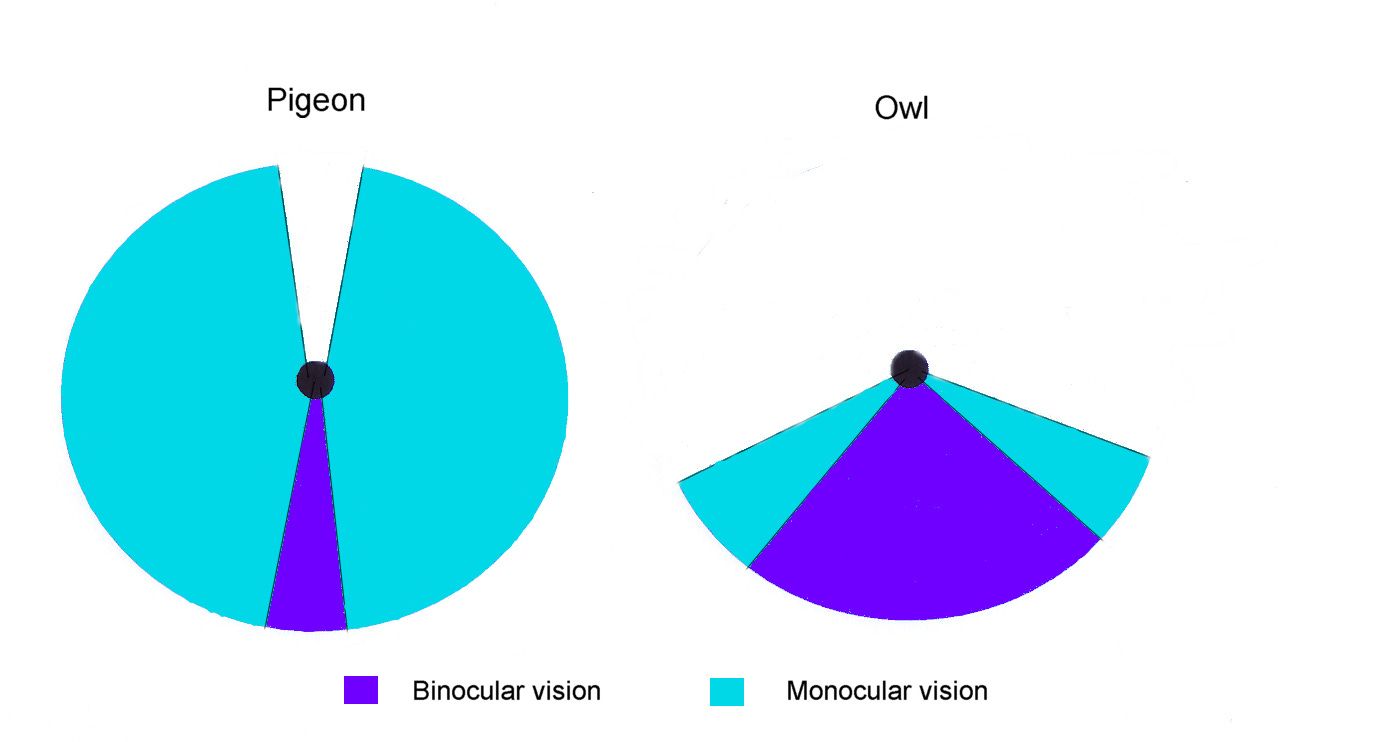Why You Already Know What It’s Like to See 360 Degrees
Even Without Eyes On the Back of Your Head
Hey everyone,
Today’s post is quite different from any of my previous posts, but it’s something I’ve thought about for a while and think others would find interesting, so I’m taking a chance and sharing it. Hope you enjoy!
You’ve read or seen a scene in a story like this, right?
You and Timmy are messing around in the kitchen doing something stupid funny like trying to touch each other’s faces with your boogers, laughing and making a lot of noise jostling furniture around while you avoid each other’s deadly fingers. Meanwhile, Mom’s just trying to get dinner prepped.
Mom turns around and yells at you, “Stop that! That’s disgusting!”
You both straighten up, one pair of eyes on the ceiling, the other pair on the floor.
But once Mom’s back is turned, you start menacing each other with your fingers again.
“What did I just say??”
You flinch and jerk your grubby hand back. “How did she know? Does she have eyes on the back of her head??”
Now, Mom probably just knew that you were mischievous rascals, and could anticipate you would resume your antics behind her back—maybe even heard your movements.
But still, the prospect of being able to see in 360 degrees, all the way around ourselves, is both fascinating and incomprehensible. How? What would it even look like??
When we try to visualize very wide fields of view on screens and pages, we lean on lens distortions—like a fish-eye lens, to squeeze the wider vision into a small space. And for a 360-degree view, we might map all that vision onto a circular image, with extremely distorted edges of the circle to achieve a complete panoramic view.
But is that how rabbits and dragonflies see the world?
It seems unlikely that if you could see wider than a human’s field of vision, that the information would be squeezed into a flat two-dimensional proxy, the way we have to do it to fit the wider view onto our sheets and screens.
So what would it look like to see in all directions at once?
Let me tell you why I think you already know.
I Can See Wider Than 180-Degrees and So Can You
A number of years ago, I noticed that my peripheral vision was pretty darn good. Like, I could just barely see the person sitting in the passenger seat while I was driving with my eyes looking straight ahead on the road. Or walking down the street, I would notice someone was standing in a doorway or alley that just flashed by as I moved along.
I ended up confirming by testing with a friend that I could indeed see things, just barely, vague masses, light and dark, maybe a bit of color, slightly behind my 180-degree plane extending from the sides of my eyes.
Thing is, we also found that my friend could, too! At least, they could tell whether a light was on or not.
I finally got around to doing a little internet researching and it turns out that Wikipedia states humans have a little over 210-degrees of field of view. I’m not crazy! I feel both validated and a little disappointed that I don’t have a vision superpower.1

Why This Means You Already Know What It’s Like to See 360 Degrees
So what, William? I can see everything in front of me, but I still can’t see anything behind me. Big deal.
Ok, but here’s the thing: the fact that you can see two things on your left and right sides, on opposite sides of you simultaneously, means that you already have the experience of seeing things 180 degrees away from each other—
That’s the same as seeing things in front of and behind you at the same time!
To translate: if your eyes were on one side of your head instead of on the front2, your 210 degrees of vision would encompass things both in front of and behind you!
So, I would say that seeing things in 360 degrees, you would simply see it all around you, just like right now if you let your attention spread to both the left and right sides of your vision, you simply see it all around (the front of) you.
But I’m Having Trouble Imagining the Experience of 360-Degree Vision As Simply An Extended Version of Our Existing Vision
The edges of our awareness are strange, aren’t they?
There isn’t a border to the end of our vision. We would need to be able to see beyond where our vision ends in order to see that border. There is simply what we are aware of.
But consider this: there is natural variation among human beings in how wide our fields of view are. And those who have wider peripheral vision simply see more. It’s just there. Their “screen” just wraps a little further around the sides of their heads.
To take it a step further, there are animals with narrower fields of vision than humans’, and compared to their narrower vision, our wider field of vision is simply there, visible for us and inconceivable to them.
And then taking it all the way down, living things without any vision would be mindblown about what it’s like to see at all. And yet, when we open our eyes, there it is, our awareness simply includes all that we see. Like how when we hear, we’re simply aware of the sound, and when we feel, we’re simply aware of the touch, and when we smell, we’re simply aware of the scent.
Given all of that, and how we already know what it’s like to be able to see things in 180 degrees from our left all the way to our right, and naturally place our “selves” at the middle of our vision, I offer that with 360-degree vision, you would exist in visual awareness of everything surrounding you and place your “self” at the center of the view.
If other worlds of perception inconceivable to our human existence intrigue you, I recommend checking out Ed Yong’s fascinating book about animal senses, An Immense World.
Though, compared to other animals, we humans very much do not have visual superpowers when it comes to field of view. That same Wikipedia article also notes some birds have nearly or completely 360-degree vision, and this video from The Brain Maze shows a lot of animals with greater fields of vision than humans’. I know, random YouTube video, but at least its human and pigeon vision charts comport with the Wikipedia ones.

However, acuity and depth of vision is a whole other thing, with humans being second only to birds of prey like eagles, according to Ed Yong’s excellent book about animal senses, An Immense World.
Raises a philosophical question of “What is ‘front’?”





